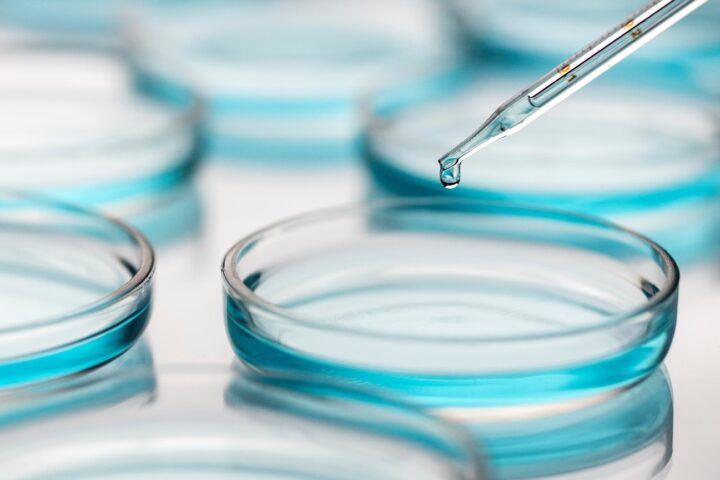The use of magnetic micropipettes has increased significantly over the years, demonstrating their efficacy in a wide range of scientific applications. They are used to manipulate magnetic particles bound to RNA or DNA molecules in solution, thereby facilitating advanced genetic and molecular studies. They are also critical for the separation of biomaterials in biochemical analysis, particularly cells and molecules, through the application of magnetic particles, thereby optimizing various research and diagnostic protocols. In recent advancements, magnetic micropipettes have been implemented to achieve precise mechanical stimulation of organoids using embedded magnetic nanoparticles. However, current devices do not combine magnetic manipulation with aspiration technique, which limits their versatility.
The device, developed by researchers at the University of Murcia, combines the manipulation of particles, cells, and/or liquids using two methods: magnetic attraction and aspiration. It consists of a pipette with a manual action mechanism at one end that allows switching between magnetic attraction and aspiration. By pressing the end, an internal rod is displaced, which can attach either a magnet or a capillary. The magnet can be used to attract cells or magnetic particles to the end of the device, while the capillary can be used to aspirate cells, particles or liquids for transfer. This device offers a versatile and practical solution for manipulating various materials in biology laboratories.
The research team conducted a series of tests to validate the functionality of the technology, including the development of a prototype tested at laboratory by using oocytes and embryos from animal models coated with Nanorep® magnetic nanoparticles. This technology is in the process of industrial patent protection. In addition, the method to magnetizing embryos and oocytes with nanoparticles (Nanorep®) is protected by a patent.

Benefits:
- This new device enhances the manipulation and transfer of cells, particles, and liquids, making the process more efficient.
- By utilizing both magnetic attraction and suction methods, it offers increased versatility, resulting in faster cell manipulation.
- It can be paired with Nanorep® magnetic nanoparticles, specifically designed for assisted reproduction techniques, to securely bind to the external surface of oocytes and embryos, ensuring safer handling and transfer procedures.
The represented institution is looking for a collaboration that leads to commercial exploitation of the presented invention.
Institution: University of Murcia (UMU)
TRL: 3
Protection status: Spanish patent application (P202431044)
Contact: Noelia Mas / noelia@viromii.com

